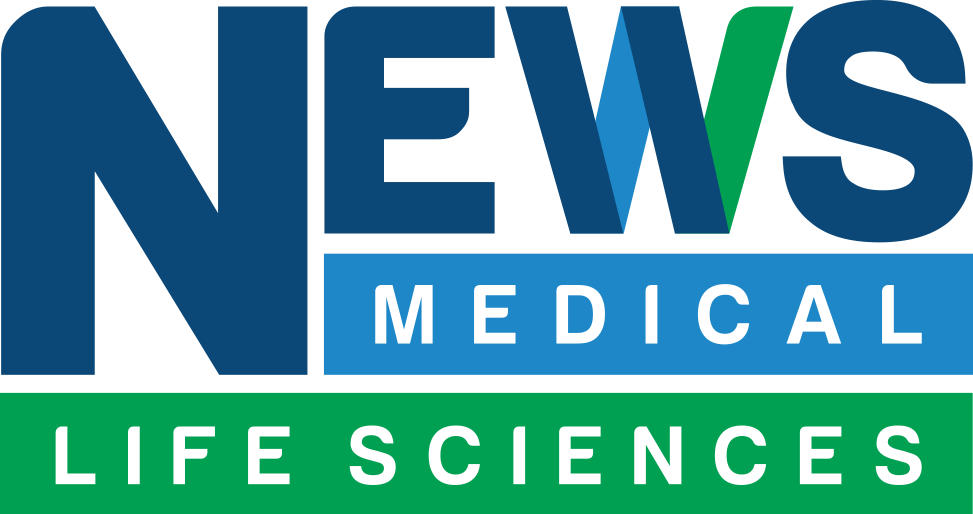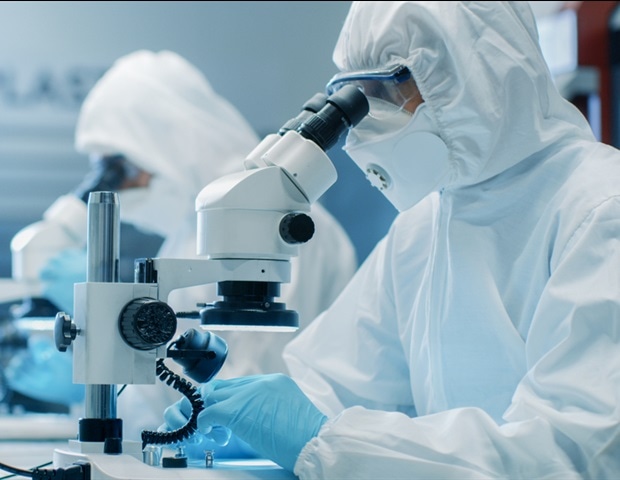A diagnostic study on the detection of occlusal caries from a clinical photograph using a deep learning algorithm will be presented at the 101st General Session of the IADR, which will be held in conjunction with the 9th Meeting of the Latin American Region and the 12th World Congress on Preventive Dentistry on June 21-24, 2023, in Bogotá, Colombia.
The Interactive Talk presentation, “Automated Detection of Occlusal Caries Using Deep Learning Algorithm,” will take place on Saturday, June 24 at 4:25 p.m. Colombia Time (UTC-05:00) during the “Prevalence of Health Conditions and Risk Factors” session.
The study by Chukwuebuka Elozona Ogwo of Temple University, Philadelphia, PA, USA sought to determine the accuracy, precision, and sensitivity of the YOLOv7 object detection algorithm in occlusal caries detection from clinical photographs and (2) develop software for occlusal caries detection.
Only consenting adults (>=18 years old) with permanent dentition receiving care at the Temple University Kornberg School of Dentistry were included in the study. 300 intraoral photos of the occlusal surfaces of both mandibular and maxillary arches were collected by 4th-year dental students using the Coolpix L840 cameras. The images were annotated using Roboflow V4. After data preprocessing and augmentation, 845 images were generated and randomly split into three sets: training, validation, and testing – 70:20:10, respectively.
The data was then analyzed using the YOLO v7 at 100 epochs, with a batch size of 1 and image size of 1280×640. The algorithm performance metrics were mean average precision (mAP), recall (sensitivity), and precision (Positive predictive value). The final algorithm was used to create software on Flask and deployed it on Heroku.
The algorithm resulted in 79.5% precision, 83% recall, an 81.2% F1-score, and 80% [email protected] score in the detection of occlusal caries on a clinical photograph of both the mandibular and maxillary arches. The study yielded a promising result of AI in automating the detection of the carious lesion from a clinical photograph. When deployed as a phone app, it may serve as an important tool for teledentistry and improve access to care.
Source:
International Association for Dental Research







